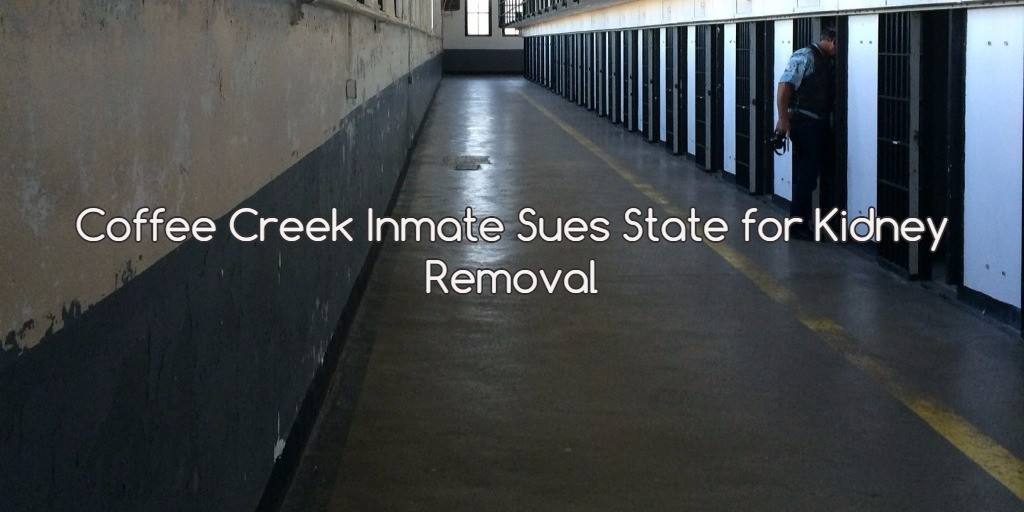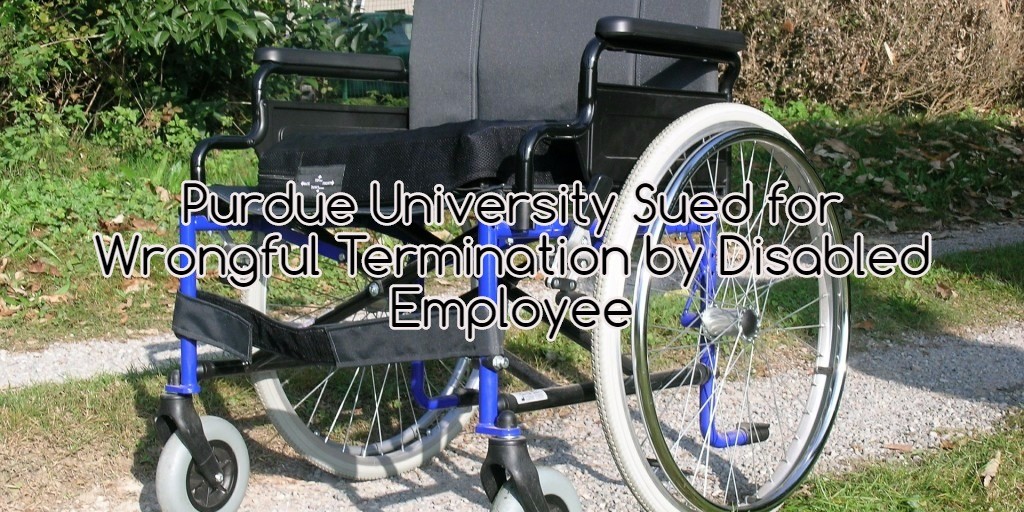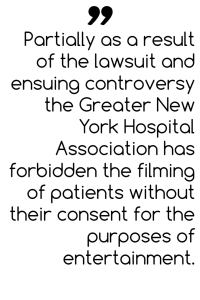By Jen Petersen, LLLT – Family Law
After years in the making, Washington has licensed nine (9) Limited License Legal Technicians (LLLT – pronounced “triple-L-T”). Whatcom County is one of only a few counties to have its very own a practicing LLLT, Me. In November 2015, I became the fourth person to be licensed as an LLLT in Washington. Many Whatcom County attorneys and legal professionals are familiar with me, and I was fortunate to have their encouragement on my LLLT journey. For those who don’t know me, I was the paralegal to family law attorney Liz Balas from 2000 until her retirement in 2010; during my years with Liz, I also had the great fortune to work with Penny Henderson and Paula McCandlis. Since 2008, I have been a paralegal at Shepherd and Abbott, where I continue in that capacity, as well as in my new role as an LLLT in family law.
A little background for those unfamiliar with the LLLT program. In 2012, the Washington Supreme Court Ordered adoption of APR 28, the Limited Practice Rule for Legal Technicians. The proposed Rule was initially submitted to the Court in 2008, following a 2003 Civil Legal Needs Study which revealed that in excess of 80 percent of Washingtonians of low to moderate incomes encountered a civil legal issue in which they needed legal assistance, but went without because they did not know how to get or could not afford help. The purpose of APR 28 is to allow qualified, trained, licensed legal practitioners to provide limited legal assistance in approved practice areas, with the intention of helping to meet the unmet civil legal needs in Washington. Family law is presently the only approved practice area, however, practice areas under consideration for future approval include elder law, landlord-tenant issues and immigration.
It usually surprises attorneys when they ask me about the process I went through to get licensed. Under APR 28, one must meet the following requirements: obtain an Associate’s Degree or higher; complete 45 credit hours of core curriculum through an ABA approved legal program; complete the LLLT practice area classes offered through the University of Washington School of Law (a 1 year program including twice weekly 2.5 hour live online interactive lecture classes, plus extensive reading and written homework assignments); complete 3,000 hours of paralegal experience involving substantive legal work under the supervision of a licensed attorney (the attorney must submit an declaration re: supervision); pass the full day Legal Technician exam, which covers the practice area and ethics/professional responsibility; and, fulfill all of the other licensing requirements (i.e. be of good moral character, submit an FBI background check, provide proof of malpractice insurance coverage, etc.). I sat for the September 2015 LLLT exam. Including myself, 15 applicants sat for the exam, 10 passed (seven of nine examinees passed the first exam in the spring).
So, what is an LLLT permitted to and prohibited from doing? In a nutshell, an LLLT may assist a pro se party with self-representation, as follows:
- I applied for and was granted a limited time waiver of the education requirement (my Whatcom Community College paralegal program was not ABA approved), after I met additional requirements. The waiver required passing a national paralegal certification examination and submitting declarations by attorneys who would attest that I had 10 years of substantive law-related experience (thank you Penny, Paula and Doug!)
- Important definition: APR 28 B(7): “Substantive law-related work” means work that requires knowledge of legal concepts and is customarily, but not necessarily, performed by a lawyer.
- Obtain relevant facts, and explain the relevancy of such information;
- Provide information regarding applicable procedures, including deadlines, documents which must be filed, and the anticipated course of the legal proceeding;
- Provide information regarding applicable procedures for proper service of process and filing of legal documents;
- Provide self-help materials which contain information regarding relevant legal requirements, case law basis, and venue and jurisdiction requirements;
- Review and explain documents or exhibits received from a client’s spouse and/or his/her attorney;
- Select, complete, file, and effect service of forms and advise a client of the significance of the selected forms to their case;
- Perform legal research;
- Advise a client as to other documents that may be necessary to their case, and explain how such additional documents or pleadings may affect their case; and,
- Assist in obtaining necessary documents, such as birth, death, or marriage certificates.
If needed, an LLLT can provide additional services drafting legal letters and documents, if the work is reviewed and approved by a Washington attorney. For LLLTs in private practice, it will be important to find an attorney willing to team up on issues that are permissible with attorney assistance.
An LLLT may not represent clients in court, they cannot negotiate on behalf of a client, and they cannot attend or participate in taking a deposition. An LLLT cannot assist a dissolution client if one party is in bankruptcy without the assistance of a bankruptcy attorney. LLLTs are also prohibited from assisting with disputed major parenting plan modifications, non-parental custody petitions, and relocation actions if they are objected to. Presently, LLLTs are prohibited from advising or assisting clients regarding the division of real estate, formal business entities or retirement plans that require a supplemental order or QDRO. To clarify, LLLTs can assist divorce clients who own real estate, but an attorney or LPO will have to prepare any documents necessary to divide or transfer the real estate. See APR 28 for the complete list of LLLT dos and don’ts.
LLLTs are required to adhere to APR 28 and the LLLT RPCs. We must complete continuing education credits each year, so unless and/or until seminars are offered specific to LLLTs you will likely begin to run into LLLTs at attorney CLEs. LLLTs are also required, unlike attorneys, to maintain malpractice insurance coverage and have a signed fee agreement before performing any services for a fee.
LLLTs are frequently being likened to nurse practitioners and certified physician’s assistants in the medical field – a compliment to physicians not a replacement for. I am hopeful the local legal community will adopt a similar stance on LLLTs and that LLLTs will help cut down on the unauthorized practice of law in our area. I am excited to be a Limited License Legal Technician, as Washington pioneers the move to allow qualified, trained, licensed legal technicians to engage in the limited practice of law in specific practice areas. I’m happy to discuss the LLLT program and answer any questions you might have, please feel free to contact me at (360)733-3773 or jen@saalawoffice.com.



 In the lawsuit filed in federal court, Linda Anne Bond claims both parties sued are guilty of “deliberately indifferent treatment of a prisoner” and negligence. According to Betty Bernt, a representative of the Oregon Department of Corrections, the department is unable to make any comments on the pending litigation.
In the lawsuit filed in federal court, Linda Anne Bond claims both parties sued are guilty of “deliberately indifferent treatment of a prisoner” and negligence. According to Betty Bernt, a representative of the Oregon Department of Corrections, the department is unable to make any comments on the pending litigation.
 Haynes-Bordas did keep in contact with her employers throughout her recovery, and tried to make arrangements for how she would manage to return to work. She had asked for a modified bathroom to make it easier for her to maneuver with her wheelchair, and states she was told by the building manager that it would be an easy fix. She believes this request may have caused her termination. Haynes had been teaching low-income families in the area how best to handle their money, and had been on an award-winning team recognized for their effectiveness in helping develop community skills.
Haynes-Bordas did keep in contact with her employers throughout her recovery, and tried to make arrangements for how she would manage to return to work. She had asked for a modified bathroom to make it easier for her to maneuver with her wheelchair, and states she was told by the building manager that it would be an easy fix. She believes this request may have caused her termination. Haynes had been teaching low-income families in the area how best to handle their money, and had been on an award-winning team recognized for their effectiveness in helping develop community skills.
 The suit, which names ABC, New York-Presbyterian Hospital, and doctor Sebastian Schubl, alleged intentional infliction of emotional distress and invasion of privacy for the 2011 recording and 2012 airing of Mark Chanko’s death for the ABC television show “NY Med.” Although Chanko’s face was blurred out and his name never mentioned, his widow alleged intense emotional pain as a result of accidentally seeing the broadcast. Moreover, neither ABC nor the hospital ever received permission from the dying man to record or broadcast his death.
The suit, which names ABC, New York-Presbyterian Hospital, and doctor Sebastian Schubl, alleged intentional infliction of emotional distress and invasion of privacy for the 2011 recording and 2012 airing of Mark Chanko’s death for the ABC television show “NY Med.” Although Chanko’s face was blurred out and his name never mentioned, his widow alleged intense emotional pain as a result of accidentally seeing the broadcast. Moreover, neither ABC nor the hospital ever received permission from the dying man to record or broadcast his death.
 Walk Apartments in New Castle. Company spokespersons were unavailable for comment.
Walk Apartments in New Castle. Company spokespersons were unavailable for comment.

 Ironically, the agency is credited with having hired the first female copywriter in the industry, Helen Lansdowne Resor, who later went on to become a creative director. Johnson began working for the company in 2005, and said that after Martinez took over in 2015, she found it “virtually impossible” to present the agency in a positive light due to his behavior. Other
Ironically, the agency is credited with having hired the first female copywriter in the industry, Helen Lansdowne Resor, who later went on to become a creative director. Johnson began working for the company in 2005, and said that after Martinez took over in 2015, she found it “virtually impossible” to present the agency in a positive light due to his behavior. Other 

 According to advertisements and promotions, the Electrolux ice maker is able to offer “ice at your fingertips” to consumers. However, these 100,000 members claimed that the product failed to produce ice as marketed and instead caused major damage to their refrigerators. Many of the members reported that the product leaked only a few months after they purchased it.
According to advertisements and promotions, the Electrolux ice maker is able to offer “ice at your fingertips” to consumers. However, these 100,000 members claimed that the product failed to produce ice as marketed and instead caused major damage to their refrigerators. Many of the members reported that the product leaked only a few months after they purchased it.
 The lawsuit accuses the Golden Living Center of negligence in hiring, training, and supervising Jones, failing to maintain the well-being of the victim, and failure to promote quality of life for the victim. A spokesperson for the facility stated that background checks are run on employees. However, these checks do not always account for unpredictable behavior following employment.
The lawsuit accuses the Golden Living Center of negligence in hiring, training, and supervising Jones, failing to maintain the well-being of the victim, and failure to promote quality of life for the victim. A spokesperson for the facility stated that background checks are run on employees. However, these checks do not always account for unpredictable behavior following employment.